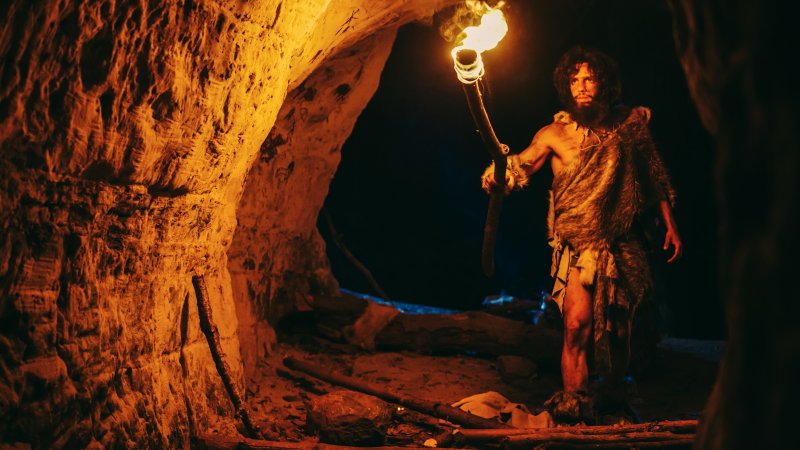What Were Prehistoric Teeth Like?
September 13, 2023

In the Mesolithic Era, hunter-gatherers of the Croatian Peninsula foraged for starchy plants and caught fish for protein. They may have even used their teeth to remove scales from their catches. Scientists learned this by analyzing ancient teeth, where they found plaque containing microfossils of fish tissue and starch particles. These calcified bacterial deposits are now helping researchers understand the diet and lifestyles of our ancient ancestors. Here are some interesting facts from your dentist about what we can learn from ancient teeth.
What Can Researchers Learn from Ancient Teeth?
Archaeologists are frequently searching for human remains at dig sites, and they often find a disproportionate abundance of teeth. A dig can unearth hundreds of teeth for every skull because the enamel layer of teeth is stronger than bone, making it more likely to remain intact over thousands of years. Thankfully, these common finds can be a treasure trove of scientific information for a trained scientist.
Ancient people, like modern people, frequently used their teeth in their everyday lives. By analyzing how these teeth developed, the wear and tear they endured, and the debris left on their surfaces, researchers can learn about where these people lived, what and how they ate, and what diseases they had.
What Can Archaeologists Learn About Migration Patterns from Ancient Teeth?
In 2015, researchers found 47 Homo sapiens teeth in a cave in China, providing evidence that modern humans migrated to Asia 80 to 120 thousand years ago, a much earlier time than was thought previously. Archaeologists can also study the isotopes present in the enamel to determine how an individual migrated over the course of their life. If a specimen has different isotopes in the first molar than the second, this could be indicative of their moving from one place to another.
What Can Ancient Teeth Tell Archaeologists About Behavior?
By studying the wear and tear found on ancient teeth, archaeologists have made some interesting inferences about behavior. Neanderthals seem to have used their mouths as a third hand for clamping and grasping, which would have been especially useful when preparing animal hides for use as clothing or shelter. In warmer and more wooded environments, dental evidence shows that people used their teeth to soften wood. While this isn’t good for your teeth in the long run, teeth didn’t have to last as long back then because lifespans were shorter.
Thanks to modern dentistry, human teeth stand to be healthy for longer than they ever could have before. With proper oral hygiene and regular dental visits, you can help make sure that archaeologists ten thousand years from now know that people today had the good sense to take good care of their teeth.
About the Author
Dr. Jeramiah Paylor earned his dental doctorate from the University of Colorado. Since then, he has continued his education through the Scottsdale Center, SPEAR Education, and the Colorado Prosthodontic Society. His practice in Arvada, CO offers general, restorative, pediatric, cosmetic, and emergency dentistry. For more information on keeping your teeth healthier than our ancestors could have dreamed of, contact his office online or dial (720) 776-4900.
No Comments
No comments yet.
RSS feed for comments on this post.
Sorry, the comment form is closed at this time.

